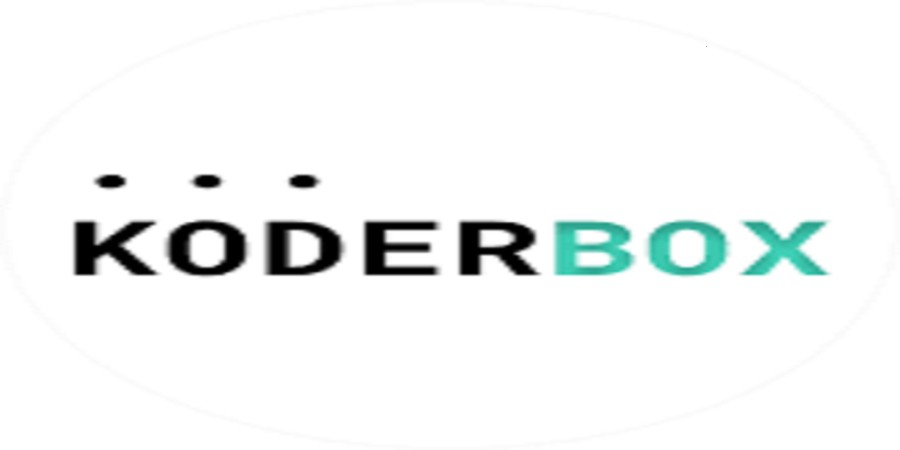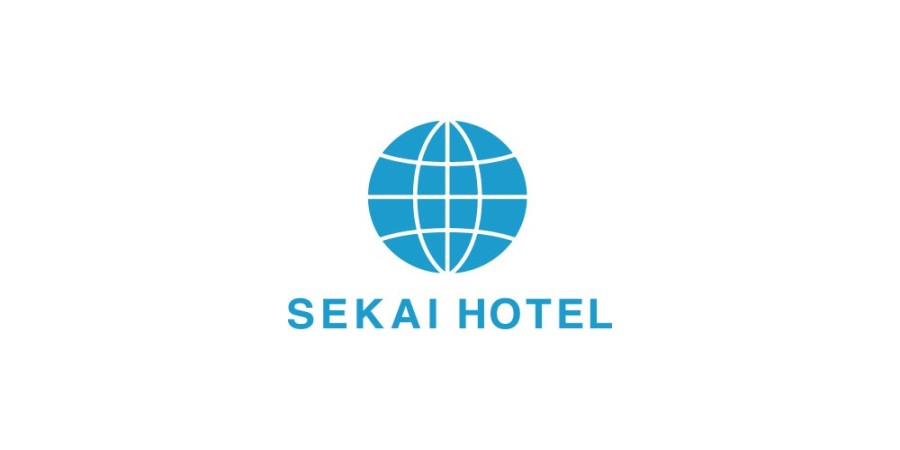Meta, the tech giant behind Facebook, Instagram, and WhatsApp, has unveiled its flagship generative AI model, Llama. Unlike other major AI models, Llama is “open,” allowing developers to download and use it freely with certain limitations. To facilitate widespread adoption, Meta has partnered with cloud vendors like AWS, Google Cloud, and Microsoft Azure to offer cloud-hosted versions of Llama, as well as released tools to fine-tune and customize the model.
The Llama family consists of three models: Llama 3.1 8B, Llama 3.1 70B, and Llama 3.1 405B. Each model is trained on web pages, public code, and synthetic data, and has a unique context window size of 128,000 tokens, equivalent to around 100,000 words or 300 pages. This means Llama can handle a range of tasks, including summarizing documents in eight languages, answering basic math questions, and coding.
The Llama models can be configured to leverage third-party apps, tools, and APIs, and are trained to use various services, including Brave Search, Wolfram Alpha, and Python. They can also be used as the basis for creating custom AI models, allowing developers to fine-tune them for specific tasks. Meta claims that over 25 partners are hosting Llama, including Nvidia, Databricks, and Groq, and has built additional tools and services on top of the model.
Despite its capabilities, Llama comes with risks and limitations. Like other generative AI models, it may produce copyrighted content, and its training data may include proprietary information. Additionally, Llama may produce buggy or insecure code, and developers should have it reviewed by a human expert before incorporating it into a service or software. To mitigate these risks, Meta provides tools like Llama Guard, Prompt Guard, and CyberSecEval, which help detect problematic content, block malicious prompts, and measure model security.
Meta has also announced a licensing agreement that constrains how developers can deploy the model, with app developers having more than 700 million monthly users requiring a special license from the company. This agreement has sparked concerns about the potential for Llama to be used to spread misinformation or perpetuate online harassment.
In conclusion, Llama is Meta’s flagship generative AI model, offering developers a powerful tool for building custom AI-powered applications. While it has many potential uses and is available on a wide range of cloud platforms, it also comes with risks and limitations that developers must carefully consider. By providing tools to detect and mitigate these risks, Meta aims to ensure the safe and responsible use of Llama, while also empowering developers to create innovative applications that transform the way we interact with technology.



